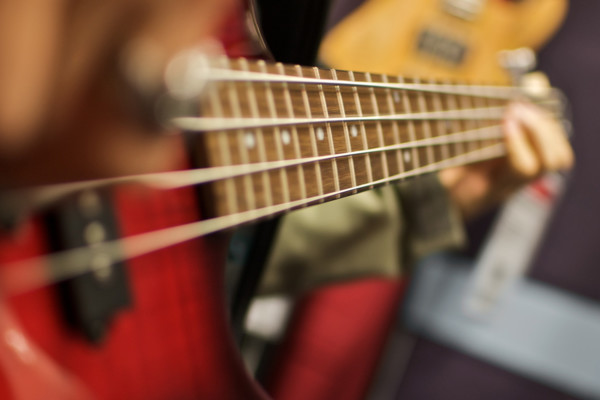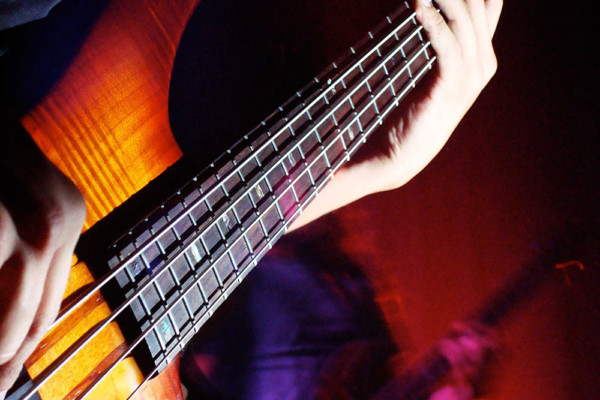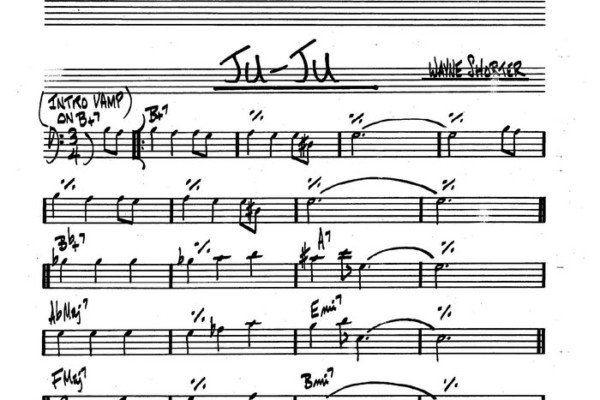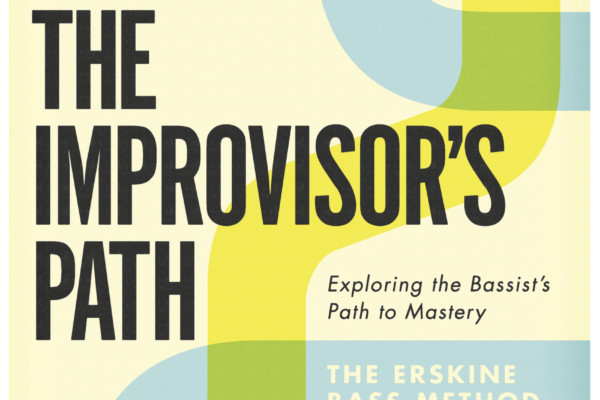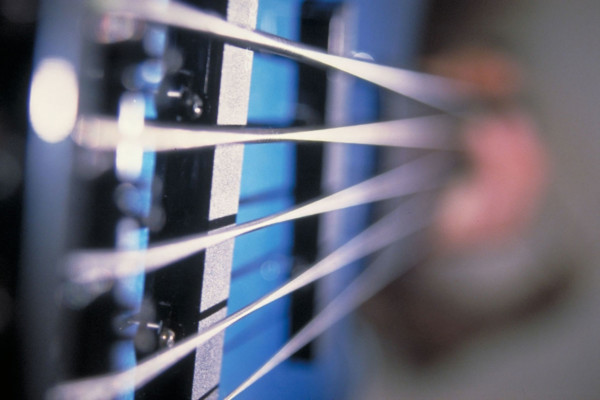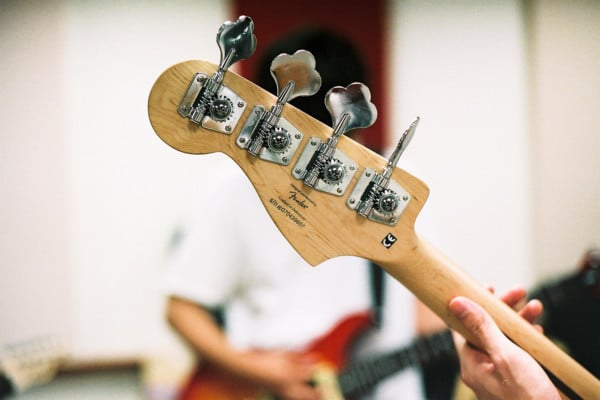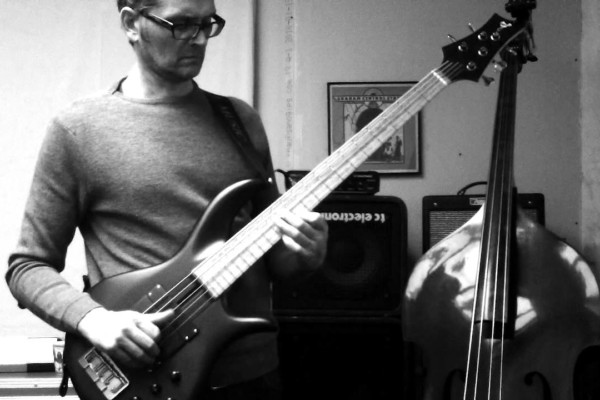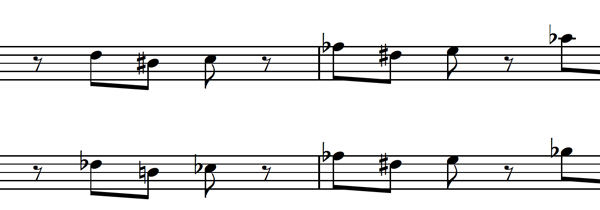Improvising Archives - Page 3
Freeing Up Your Walking Bass Lines
Q: I’ve been getting my walking together and have started to become comfortable and natural sounding playing perfectly functional harmonic lines through changes that highlight the harmony well. It’s all just basically chord tones and scalar patterns with occasional chromatic approaches. In sum, I think I’ve passed walking 101 and am ready to move on. When I listen to and...
Developing a Solo Over Chord Changes
Q: I have a question about improvising. If one browses the internet for learning how to improvise on the bass guitar, one can easily find lots of great tips: learn familiar melodies and expand them, learn solos from other instruments and be inspired by others. I would like to know about how to approach improvising using musical theory. In this...
Playing Over Long Lasting Chords
Q: I’ve been messing around with playing over the changes, but I always stumble upon an issue: chords lasting 2, 4, 8 or even 16 bars! I know there’s a ton of different ways to approach this, but I have problems with approaching chord tones. Things like enclosures, double chromatics, diatonic and chromatic approach notes. How can I practice these...
Beginning Jazz Soloing: A Melody First Approach
Some methods of learning jazz improvisation start out from the beginning by asking us to memorize chords, scales, and to play patterns in every key. For those unaccustomed to improvising, or inexperienced in theory, starting out this way can be a daunting task. It can make the learning curve for improvisation seem insurmountable. Some people take naturally to it, of...
Fitting It All Together: Reading, Listening and Playing Through the Changes
Last week, we wrapped up the series on Breaking Down Harmonic Substitutions. After that, I had a great moment with a student where there was a small distinction made that seemed to have a great impact in the student’s playing. An immediate impact. We were running the Wayne Shorter tune “Juju”, primarily because it has a ton of whole-tone scale...
Book Review: Damian Erskine’s “The Improvisor’s Path”
There comes a time for every bassist where they feel they’re in a rut or have hit a plateau in their playing and creativity. It happens to the best of us. Bassist and No Treble contributor Damian Erskine’s new book The Improvisor’s Path is a surefire way to get yourself back into high gear. While Erskine’s first instructional book, Right...
Memorizing Chords and Scales
Q: I’m lucky enough to attend a college with a robust and demanding music department, and like a lot music in academia, this means I’m playing a fair amount of jazz. I’ve been a fan of the genre for a long time, but I am new to playing it and seem to have run into a problem with improvising and...
Developing Your Musical Ear
Q: My problem is that I dont have “ears” for music. I’ve always tried and failed, and this is frustrating me. I only play what is written, or what somebody played. I want to play my own bass lines for any song of my choice. I’ve learned scales, modes, appregios… I’m not sure what to try next. A: I know...
How To Groove at Jam Sessions
Q: During jam sessions, I normally have a “hit and stick” approach to coming up with grooves. Essentially, there’s a lull between grooves where I end up peddling notes or playing the one. My keyboard player pointed this out and it bothers me. Is this something that I should be worried about? How do I lead a groove during these...
The Bass Solo: A Guide to Soloing More Freely
Q: I am at a stage with playing jazz where I feel confident playing bass lines, such as walking through challenging pieces. Given time to learn the chord sequence, I am pretty confident at playing solos over the top of backing tracks and grooves. My problem is that when playing with a jazz band – when everyone cuts out for...
Improvising: Scale Substitutions for Bass
In this new lesson, we’ll cover some tips on soloing over changes. In the video below, you’ll see that I’m playing chords through a looper, to create the pattern to play against. We start with a D Major scale, over an E minor chord, which is the Dorian mode. The scale: D E F# G A B C# Then, the...
Enclosure Tone Exercises for Bassists
One way to give more interest to your improvisations is to add enclosure tones to otherwise simple note choices. Enclosure tones are two tones which “enclose” (i.e. one higher, one lower) another note. Generally, but not always, the note which gets “enclosed” is a chord tone. For example, if we begin with the root of a C7 chord: …and precede...


